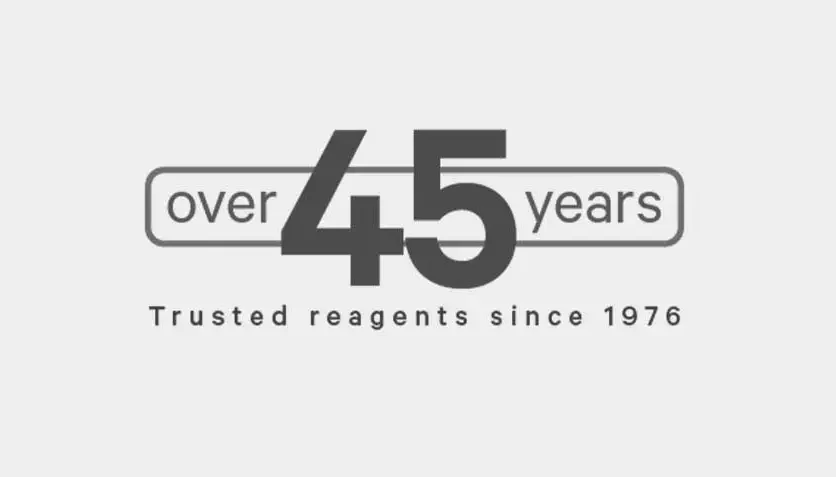Vector Laboratories is closed for the President’s Day on Monday, February 19th. We will be back in the office on Tuesday, February 20th.
We will respond to emails upon our return. Have a wonderful day.
Menu
Vector Laboratories is closed for the President’s Day on Monday, February 19th. We will be back in the office on Tuesday, February 20th.
We will respond to emails upon our return. Have a wonderful day.
NEUROBIOTIN-Plus Tracer is a biotin label that is impervious to cleavage and breakdown by biotinidase. It is used for visualizing neural architecture and for the identification of gap junction coupling
| Unit Size | 5 mg |
|---|---|
| Recommended Storage | 2-8 °C (desiccated). Once in solution, store frozen. This product does not contain an antimicrobial agent. |
| Recommended Usage | Fixable with formaldehyde or glutaraldehyde |
| Solution | 10% solutions can be made in water, buffers, 1 M KCl, 1 M NaCl, or dimethylsulfoxide. |
| Molecular Weight | 358 g/mol |
| Neuronal Tracer – Direction of Transport | Anterograde/Retrograde |
| Detection Method | Avidin(Streptavidin)/Biotin Method, Chromogenic, Fluorescence |
Investigators have identified rapid degradation of injected tracers such as biocytin due to the presence of biotinidase activity in brain tissue*. This loss of stability of the tracer significantly reduces the viable postinjection period and may compromise complete detection of a neural network. NEUROBIOTIN-Plus was designed to be impervious to cleavage and breakdown by biotinidase. This newly synthesized biotin-containing compound contains fixable amine groups, is highly soluble and has a low molecular weight. These characteristics make it an ideal candidate for experiments requiring long postinjection survival times and optimal uptake along the entire neural tract.
NEUROBIOTIN-Plus shares the same key advantages of NEUROBIOTIN Tracer over biocytin and other neuronal labels:
NEUROBIOTIN-Plus can be detected using avidin or streptavidin systems with either chromogenic or fluorescence visualization methods.
*Mishra, A. et al (2010) ACS Chem. Neurosci. 1:129-138.
Applicable patents and legal notices are available at legal notices.
Stay in the Loop. Join Our Online Community
Together we breakthroughTM

©Vector Laboratories, Inc. 2024 All Rights Reserved.